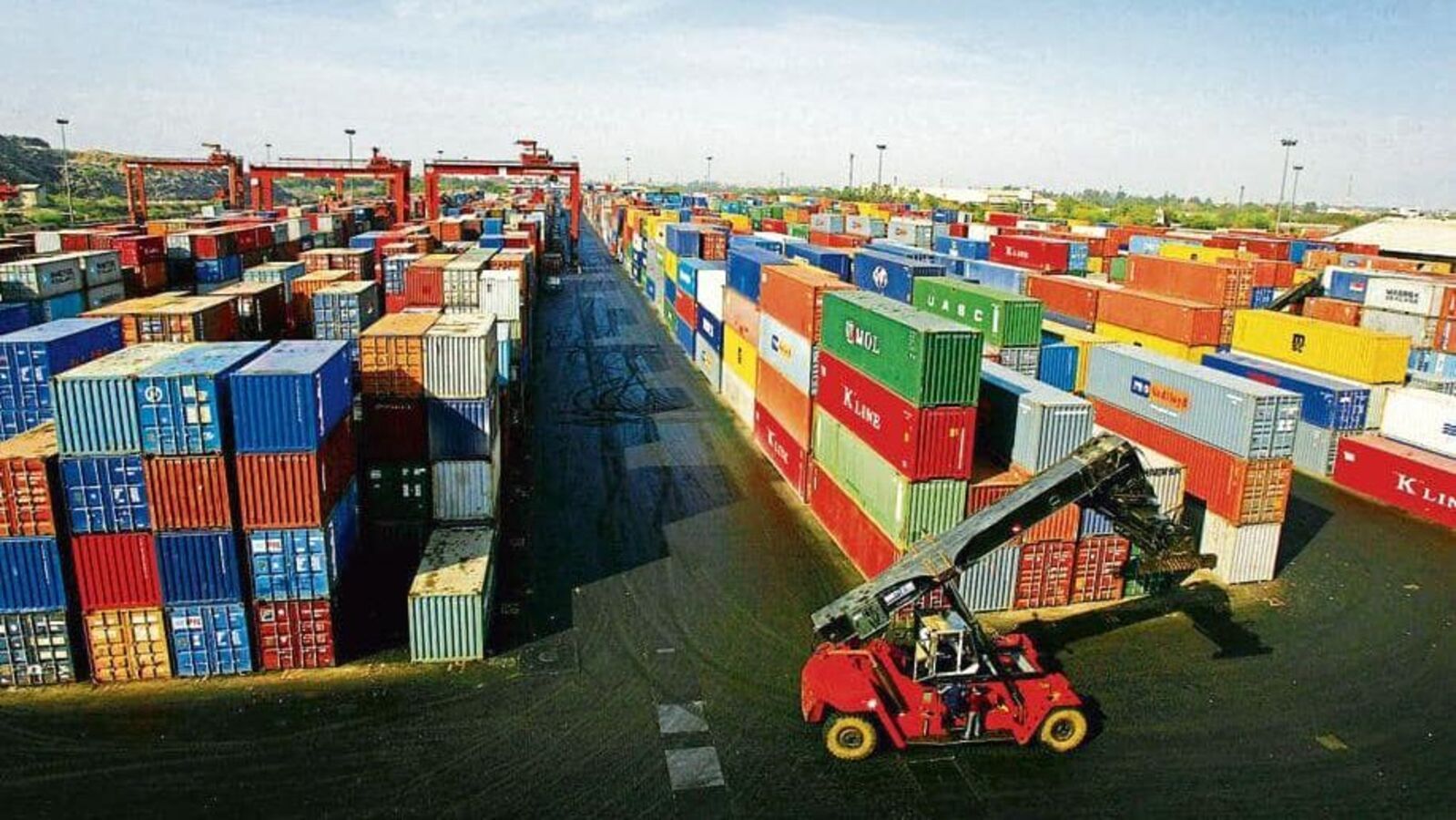Moody's affirms India's Baa3 rating, but warns of political tensions
Although potential growth has dropped in the last 7-10 years, the rating agency affirmed India's rating and stable outlook since it expects the economy to grow swiftly by international standards.

On August 18, Moody's Investors Service reaffirmed India's Baa3 rating while maintaining a stable outlook. However, the agency did so with a caveat on political difficulties, specifically the current violence in Manipur.
A worse evaluation of political risk and the strength of institutions is supported by the suppression of civil society and political dissent, Moody's stated in a statement.
Even though increased political polarisation is not likely to cause a material destabilisation of government, rising domestic political tensions suggest an ongoing risk of populist policies, especially at the regional and local government levels, in the face of social risks such as poverty, income inequality, and unequal access to education and basic services. In addition, it noted that "the periodic flaring of border tensions with neighbouring countries was an outlier among sovereigns assessed as having a lower overall susceptibility to political risk."
Three persons were reportedly slain on August 18 in the latest incident of violence in the state of Manipur, located in the northeastern part of the country. In Parliament's just-concluded Monsoon Session, the opposition brought up the issue, and the government of Narendra Modi even faced a vote of no confidence over the scandal. The government's effort to kill the motion proved successful.
Months before India has elections for a new federal administration, Moody's issued a statement warning of the risk of populist measures in the midst of escalating domestic political tensions. The Indian National Developmental Inclusive Alliance (INDIA) is a coalition of 26 political parties that have lately gathered under a single banner in response to Prime Minister Modi's landslide victories in 2014 and 2019.
India has repeatedly complained about what it calls rating agencies' prejudice against emerging economies in hopes of receiving an upgrade. Domestic fiscal policy "must not remain beholden to a noisy/biased measure of India's fundamentals and instead reflect Gurudev Rabindranath Thakur's sentiment of a mind without fear," as argued in the Economic Survey for 2020-21.
Rapid growth
Moody's still considers India to be one of the world's fastest growing economies, despite the fact that it has seen its potential growth slow down in the recent 7-10 years.
The ratings agency estimates that India's GDP growth might reach 6-6.5 percent this year, up from sub-6 percent before the coronavirus outbreak. The potential growth rate of India, however, "remains lower than estimates in excess of 7 percent in the middle of last decade," according to Moody's.
It went on to say that the "tangible improvements" in logistics performance and the quality of trade and transport-related infrastructure can be attributed to the government's emphasis on capital investment. During the same time period, the banking sector has seen "fundamental improvement" and "formalisation of the economy" has taken place, all of which are beneficial developments.
Potential expansion is thought to be constrained by the economy's inability to considerably boost manufacturing production and improve job creation.
"Despite some progress in developing the manufacturing sector in recent years, structural weaknesses including trade barriers and protectionist measures and low education and skills levels for a large part of the population," Moody's wrote.
Fiscal concerns
India's government finances continue to be the country's primary credit downfall. Without "more material gains" in revenue, Moody's predicts the Centre would struggle to meet its fiscal deficit target of 4.5 percent of GDP by 2025-26.
Therefore, Moody's predicts that over the following two to three years, general government debt will stabilise at around 80% of GDP, lower than the peak of almost 90% attained in 2020-21 but higher than many similarly-rated sovereigns.
In 2023-24, the federal government hopes to bring the deficit down to 5.9 percent of GDP. According to the most recent numbers available, the budget deficit in the first three months of the fiscal year amounted to 25% of the full-year projection.
However, there are also concerns regarding the size of India's interest payments relative to revenue, especially when compared to similarly rated peers, despite the fact that high nominal GDP growth is expected to aid fiscal restructuring.
Also Read : Crop Life Science IPO opens today, price band set at Rs 52 a share














.jpeg?updatedAt=1701532366224)
.jpeg?updatedAt=1700934640154)
.jpeg?updatedAt=1698937900079)
.jpeg?updatedAt=1698674189520)


